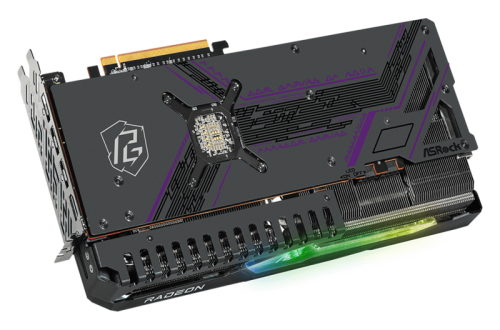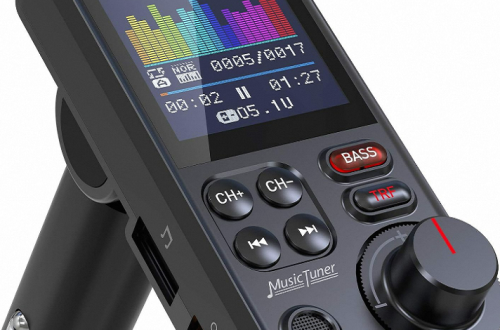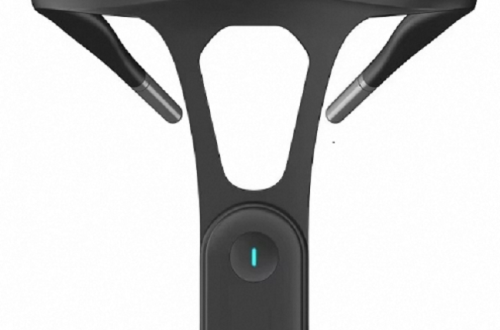Introduction
Over time, our MacBook can accumulate a plethora of applications that we no longer use or need. These unnecessary apps can take up valuable storage space and slow down our system. Deleting apps from your MacBook is a simple yet important task to help optimize its performance. In this article, we will guide you through the process of deleting apps from your MacBook, allowing you to free up space, declutter your system, and improve overall efficiency.

1. Uninstalling Apps Using Launchpad
1.1 Accessing Launchpad
Launchpad serves as a centralized hub for managing and organizing your installed apps on a MacBook. Accessing Launchpad is simple – either click on the Launchpad icon in the Dock, typically located in the leftmost section, or use the Spotlight search feature by pressing Command + Space and typing “Launchpad.”
Once Launchpad is open, you will see a grid of app icons, similar to the layout of an iPhone or iPad home screen. You can scroll horizontally through the pages of apps, or use the trackpad or mouse to navigate. The app icons are arranged based on installation order, but you can rearrange them by clicking and dragging.
By utilizing Launchpad, you can have a comprehensive view of all your installed apps in one place, making it easier to locate and manage them. This streamlined approach simplifies app organization and allows for efficient access to your preferred applications on your MacBook.
Once in Launchpad, you will see a grid of app icons. Use the trackpad or mouse to scroll through the pages and locate the app you want to uninstall. Alternatively, use the search bar at the top to quickly find the desired app.
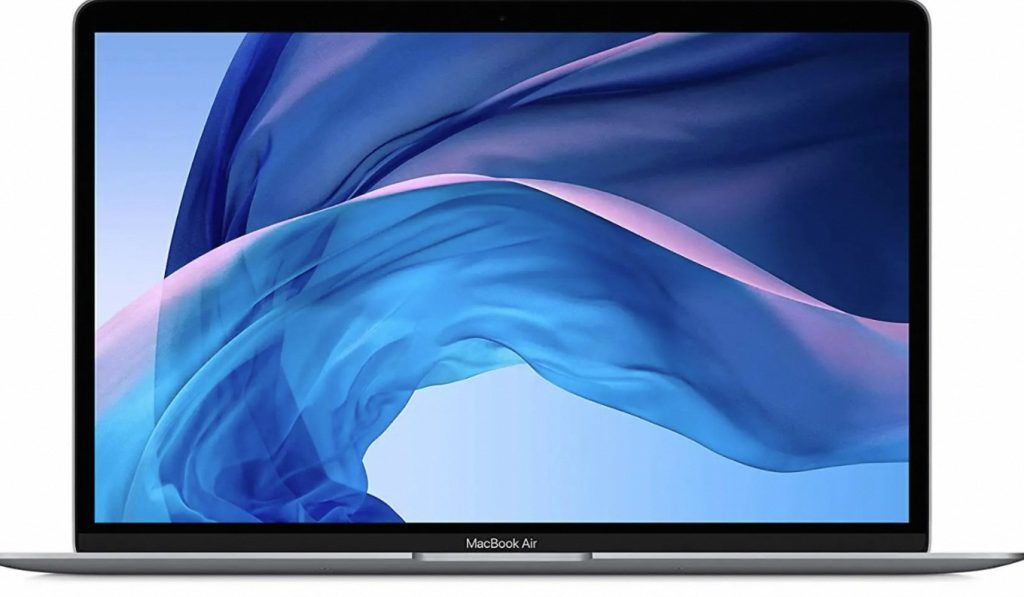
1.3 Uninstalling Apps
To uninstall an app from Launchpad, simply click and hold on the app icon until it starts shaking. You will then see an “X” icon on the top-left corner of the app icon. Click on the “X” to delete the app. A confirmation prompt will appear, asking if you want to delete the app permanently. Click “Delete” to confirm and remove the app from your MacBook.
2. Deleting Apps from the Applications Folder
2.1 Locating the Applications Folder
In addition to using Launchpad, you can also delete apps from your MacBook by accessing the Applications folder. To do this, open a Finder window by clicking on the Finder icon in the Dock or using the Command + N shortcut. Once the Finder window is open, locate and click on “Applications” in the sidebar on the left-hand side.
By clicking on “Applications,” you will gain access to the folder that contains all the apps installed on your MacBook. The Applications folder is where the operating system stores the applications available for use. It provides a comprehensive list of all the apps installed on your device.
Scrolling through the Applications folder allows you to see all the installed apps in alphabetical order. You can also use the search bar in the top-right corner of the Finder window to quickly find a specific app by typing its name.

Deleting apps from the Applications folder is as simple as dragging the app icon to the Trash or right-clicking on it and selecting “Move to Trash.” This action removes the app from your MacBook, freeing up storage space and streamlining your system.
2.2 Finding the App to Delete
Scroll through the Applications folder or use the search bar in the top-right corner to locate the app you want to remove. You can organize the apps by name, date modified, or other criteria to make finding the desired app easier.
2.3 Moving Apps to Trash
To delete an app from the Applications folder, click and drag the app icon to the Trash icon in the Dock. Alternatively, you can right-click on the app icon and select “Move to Trash” from the contextual menu. A confirmation prompt will appear, asking if you want to delete the app permanently. Click “Delete” to confirm and move the app to the Trash.
3. Removing Apps from Launchpad with Finder
3.1 Accessing Finder
An alternative method to remove apps from Launchpad is by using Finder. Open a Finder window by clicking on the Finder icon in the Dock or using the Command + N shortcut.

In the Finder window, click on “Applications” in the sidebar to access the Applications folder. This folder contains all the installed apps on your MacBook.
3.3 Deleting Apps from Launchpad
To remove an app from Launchpad using Finder, locate the app in the Applications folder. Click and drag the app icon to the Launchpad icon in the Dock. This action will open Launchpad and highlight the location where the app will be removed from. Drop the app icon onto the desired location in Launchpad to delete it.
4. Clearing App Remnants with Third-Party Uninstaller Apps
4.1 Understanding App Remnants
When you delete an app using the methods mentioned earlier, some preferences, settings, and other files associated with the app may remain on your MacBook. These remnants can take up storage space and potentially cause conflicts with other apps.
4.2 Third-Party Uninstaller Apps
To thoroughly remove all traces of an app, you can utilize third-party uninstaller apps. These apps are designed to scan your system and locate app remnants, allowing you to delete them completely. Some popular uninstaller apps for macOS include AppCleaner, CleanMyMac, and AppZapper.
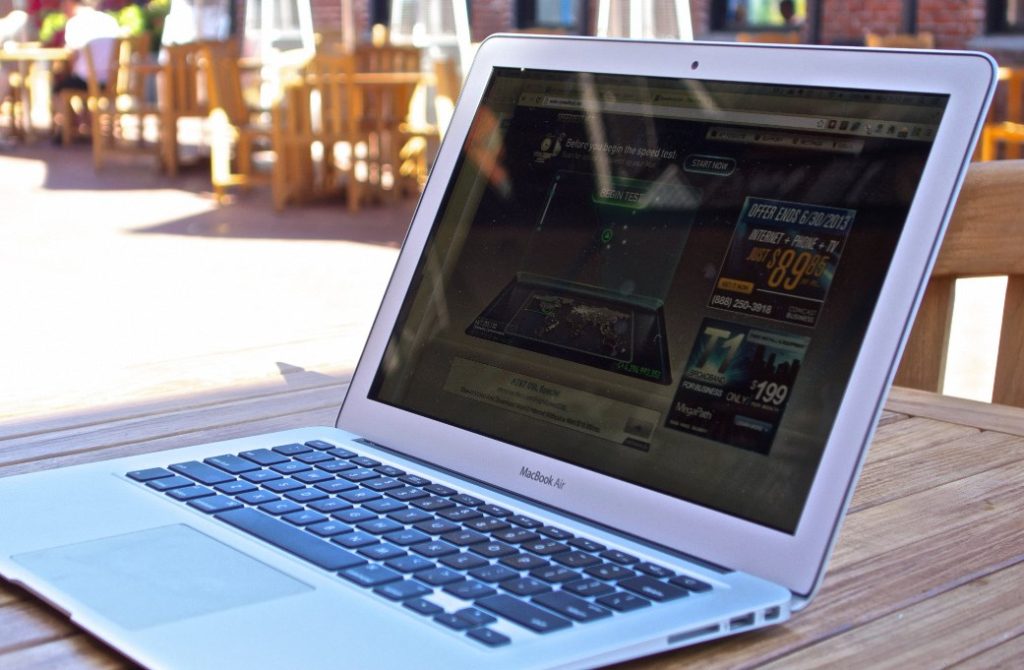
4.3 Using Uninstaller Apps
After installing an uninstaller app, launch it and follow the on-screen instructions to scan for installed apps and associated files. The app will present you with a list of apps and their associated files. Select the app you want to remove completely, and the uninstaller app will handle the removal process, including deleting app remnants.
Conclusion
Deleting apps from your MacBook is a straightforward process that can optimize your system’s performance by freeing up valuable storage space and decluttering your interface. Whether you use Launchpad, the Applications folder, or third-party uninstaller apps, removing unwanted apps helps improve overall efficiency. Take the time to regularly review your installed apps and delete those that are no longer necessary or in use. By doing so, you can ensure that your MacBook remains streamlined, organized, and running smoothly, allowing you to make the most of its capabilities.
